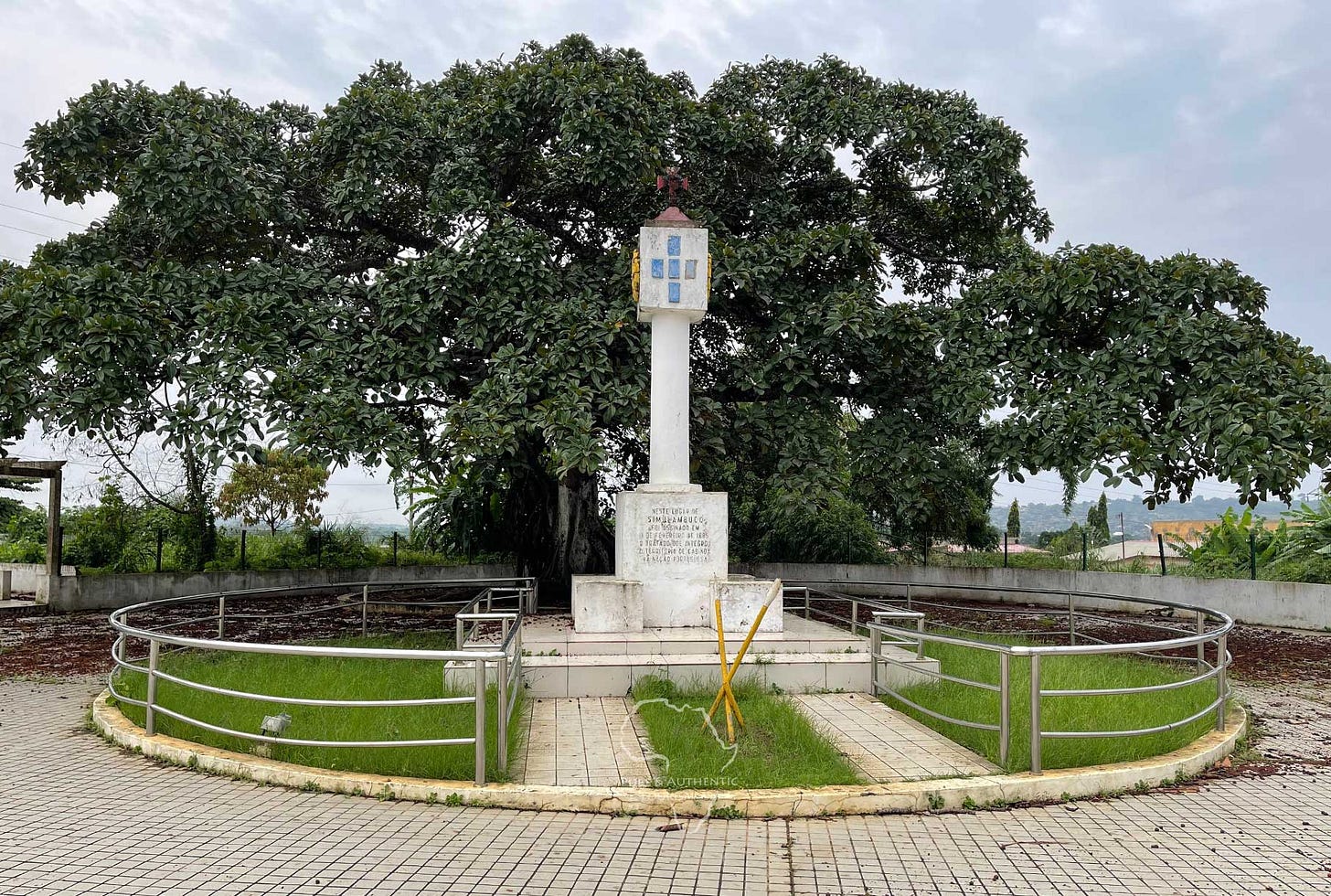The Simulambuco Treaty: Cabinda’s Forgotten Declaration of Autonomy
Why One Treaty Could Rewrite the History of Angola and Cabinda

🧭 Cabinda—Africa’s Forgotten Colony?
Hidden between the Republic of the Congo and the Democratic Republic of Congo lies Cabinda, a small oil-rich territory claimed by Angola. But the question at the heart of decades of conflict and resistance is simple yet powerful:
Was Cabinda ever legally part of Angola?
Many scholars, activists, and Cabindans say no. And they have a powerful document to prove it—The Treaty of Simulambuco, signed on February 1, 1885.
This article breaks down the Simulambuco Treaty, analyzes its legal implications, and explains why Cabinda’s unique historical status still matters today in international law and African geopolitics.
📜 The Simulambuco Treaty: A Historical Snapshot
A Protectorate, Not a Colony
On February 1st, 1885, Cabindan chiefs and Portuguese representatives signed the Treaty of Simulambuco in the village of Simulambuco. Unlike standard colonial treaties, this agreement did not cede sovereignty but established Cabinda as a Portuguese protectorate.
✅ Clause 1 of the Treaty explicitly states:
“The princes and chiefs of Cabinda freely recognize Portuguese sovereignty... while preserving their customs, rights, and autonomy.”
This was not an annexation. Instead, it was a bilateral agreement—one that ensured Cabinda would retain internal self-governance under the protection of Portugal.
📚 Legal and Historical Context: Cabinda ≠ Angola
The Berlin Conference Background
The Treaty of Simulambuco was signed during the Berlin Conference (1884–85), where European powers partitioned Africa. To claim territory legally under international law, powers like Portugal needed treaties with local rulers.
Thus, Simulambuco was Portugal’s legal instrument to secure Cabinda—by consent, not conquest.
✅ Cabinda: Treaty-based protectorate
❌ Angola: Colonized by military force
⚖️ What Happened in 1975?
Betrayal in the Alvor Agreement
When Portugal prepared to grant independence to Angola in 1975, Cabinda was not invited to the table. The Alvor Agreement, signed between Portugal and three Angolan liberation movements (MPLA, FNLA, UNITA), ignored Cabinda's special status.
❌ The Treaty of Simulambuco was never repealed.
❌ No referendum was held in Cabinda.
❌ No international treaty exists legally integrating Cabinda with Angola.
This lack of consent violates international norms on self-determination and treaty law (see UN Charter, Article 1 and the Vienna Convention on the Law of Treaties).
🕊️ The Right to Self-Determination
Under international law, especially UN Resolution 1514 (1960) on the Granting of Independence to Colonial Countries and Peoples, Cabinda’s right to self-determination remains valid.
Organizations like FLEC (Front for the Liberation of the Enclave of Cabinda) have continued to advocate for this right, often facing violent repression. Yet, the legal foundation for their claim remains unchanged: Cabinda was never legally part of Angola.
📢 Why It Matters Today
Beyond Borders: Oil, Identity, and Sovereignty
Cabinda is rich in oil, contributing a significant portion of Angola’s petroleum exports. But its people remain marginalized, with widespread reports of military occupation, human rights abuses, and political silencing.
Military occupation
Human rights violations
Political suppression
Reviving the Simulambuco Treaty is not just about history—it’s about justice, legality, and the future of an entire people.



